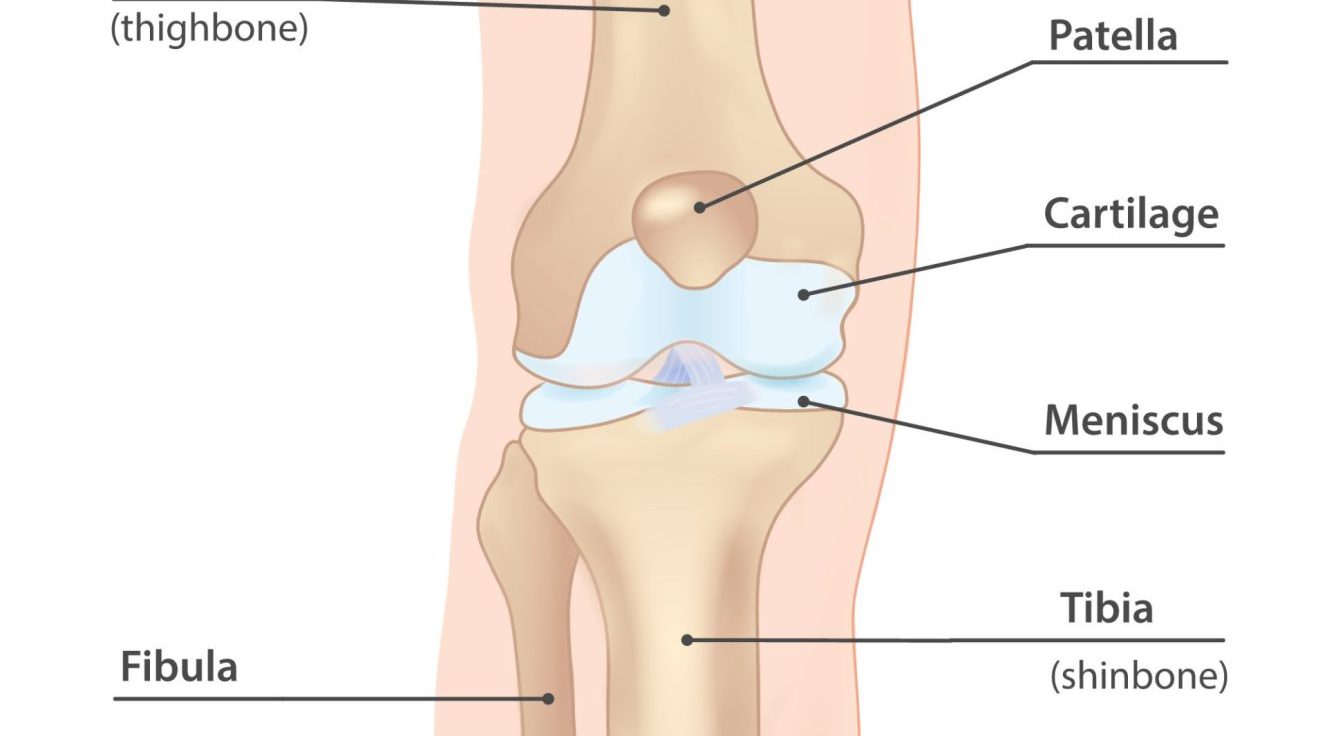Knee meniscal injuries refer to damage to the meniscus, which is the cartilage in the knee that acts as a shock absorber and helps distribute weight evenly across the joint. This type of injury is common in athletes and can occur from twisting or turning abruptly, excessive wear and tear, or degenerative conditions.
Symptoms of knee meniscal injuries include pain, swelling, stiffness, and difficulty moving the knee joint. In more severe cases, a “popping” or “locking” sensation may be felt. Treatment for knee meniscal injuries can vary depending on the type and severity of injury.
Physiotherapy management focuses on improving knee function and allowing return to your regular activity. This normally includes reducing inflammation and pain, improving flexibility and strength in the knee joint, and identifying any movement patterns or mechanics that may have led to the injury. Medications, such as nonsteroidal anti-inflammatory drugs (NSAIDs) and pain relievers, can help to manage pain and swelling. Self-management strategies to help reduce the symptoms of knee meniscal injuries may include:
- Ice therapy: Applying ice to the affected area can help to reduce pain and swelling. Apply ice for 15-20 minutes at a time, several times a day.
- Bracing: Wearing a brace can help to stabilize the knee and reduce the risk of further injury.
- Stretching and strengthening exercises: Gentle stretching and strengthening exercises can help to improve flexibility and strength in the knee joint and reduce the risk of future injuries.
Applying the 5 stages of rehab to knee meniscal injuries.
Pain: Pain and symptom reduction is best achieved by reducing inflammation and load through the knee joint. This may mean treatment is focused on surrounding tissues or joints to reduce pressure on the knee joint. Supporting the knee with tape or bracing can provide a supportive environment for the meniscus to recover, while also allowing a greater level of function.
Range of motion: Improving mobility in the knee joint will help reduce the load on the meniscus and improve the overall health of the knee joint. Stiffness through the knee joint is common following a knee meniscal injury, and treatment and stretches are typically effective to restore full range of motion. Improving mobility at the hip and/or ankle can help reduce excessive load on the meniscus.
Motor control: Learning to control where and when movement occurs and how to support the knee joint under load will provide a safe healing environment and allow for a transition towards strength and functional training. Many episodes of knee meniscal injuries are associated with incorrect load distribution, resulting in excessive load through a section of the meniscus, leading to pain or damage.
Strength: Strength training the muscles and other soft tissues surrounding the knee builds the capacity to tolerate higher loads and functional demand, and reduces the likelihood of future injuries.
Maintain: A loss of range of motion, motor control or strength leaves the knee joint vulnerable to overload and injury. Maintaining an exercise program will ensure range of motion, motor control, and strength gains are maintained and will considerably reduce the likelihood of further knee meniscal injury.


